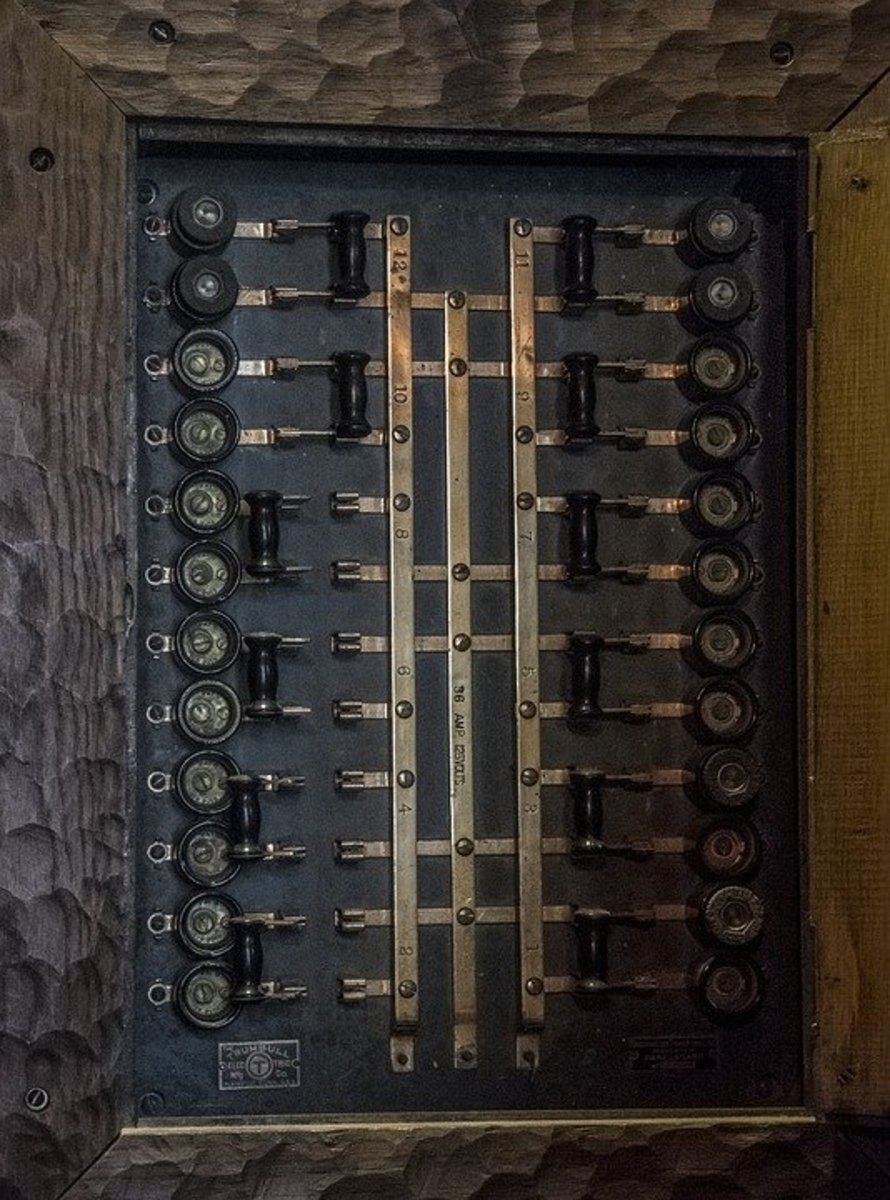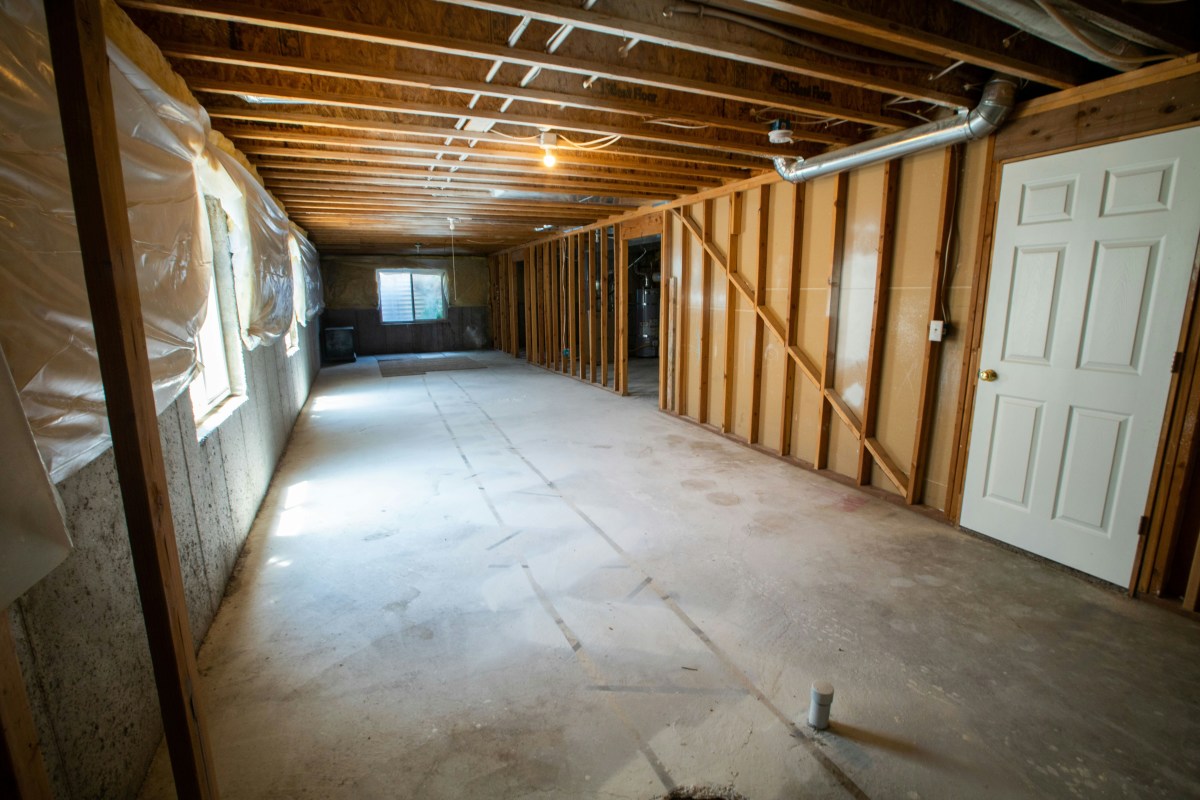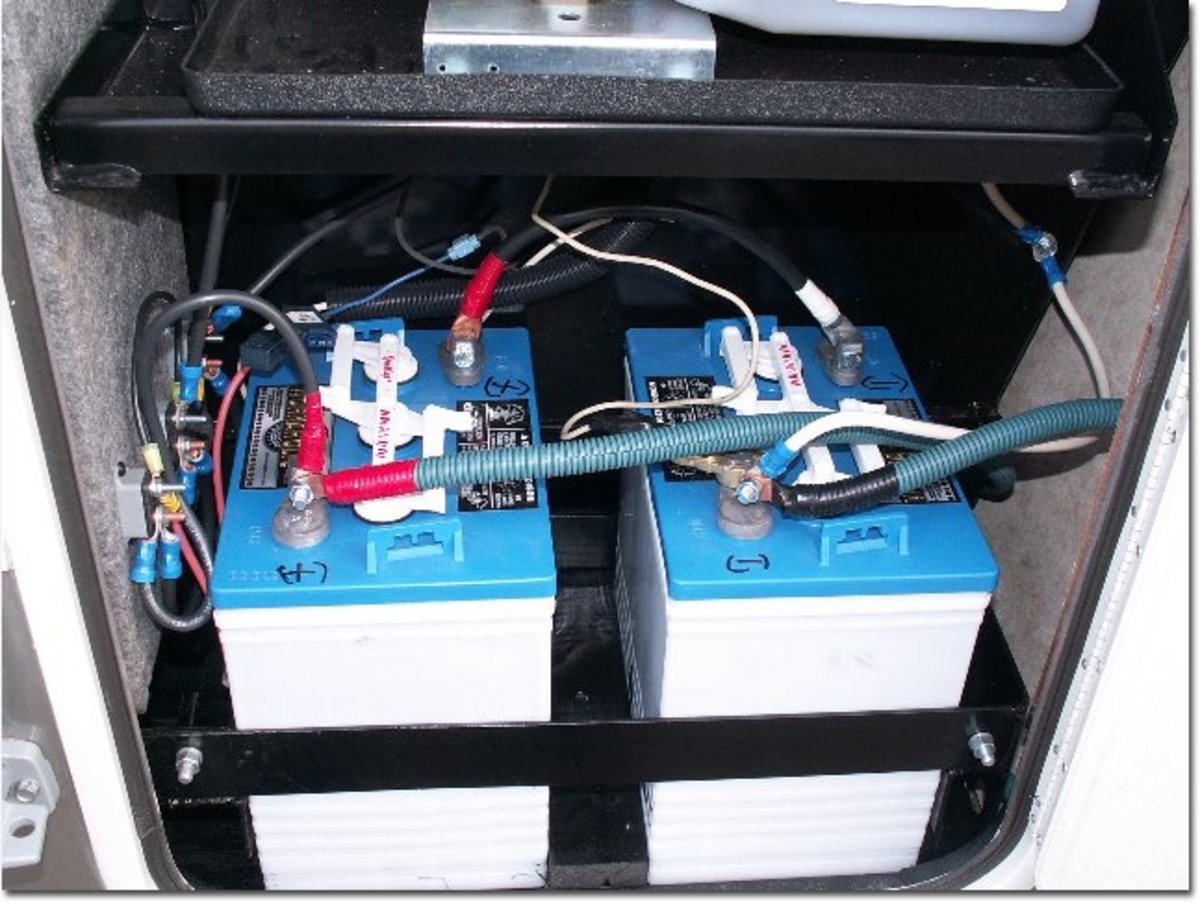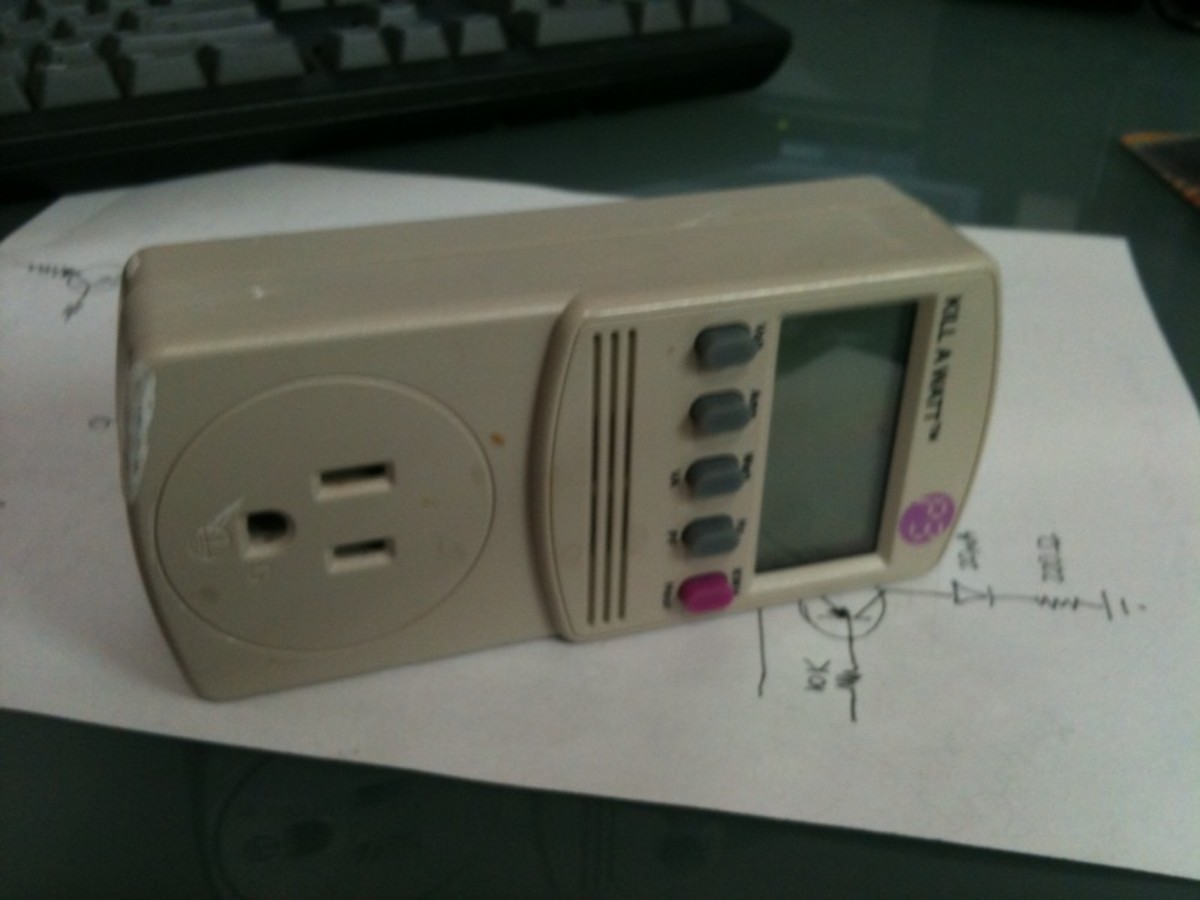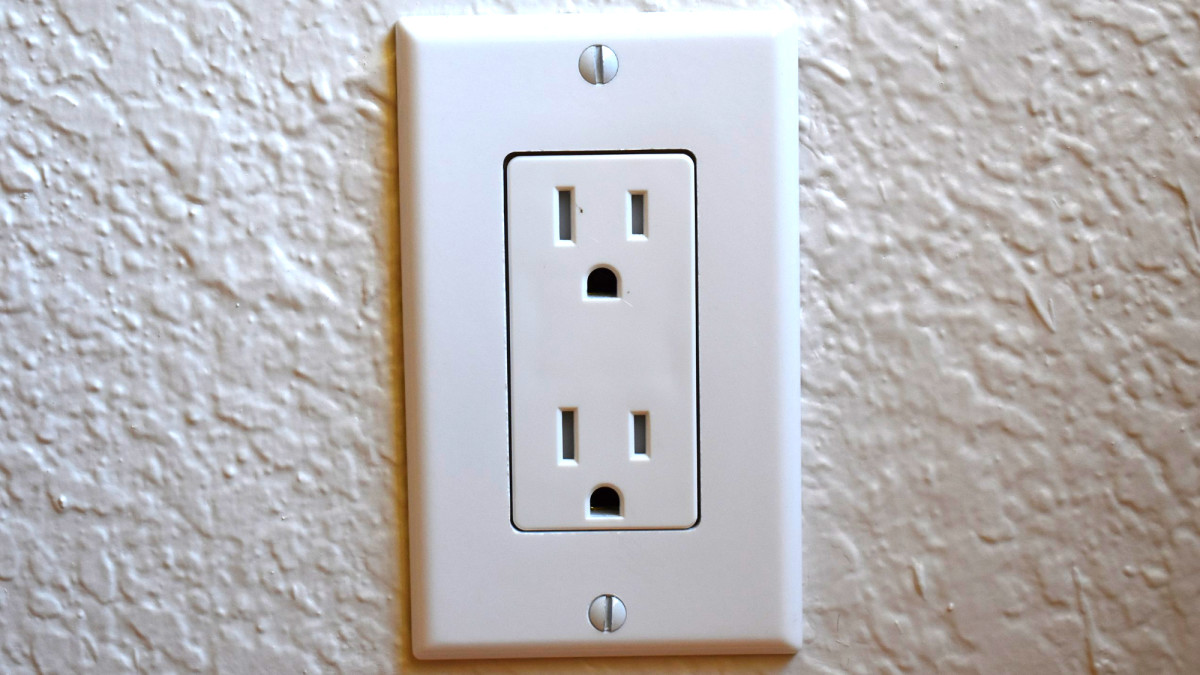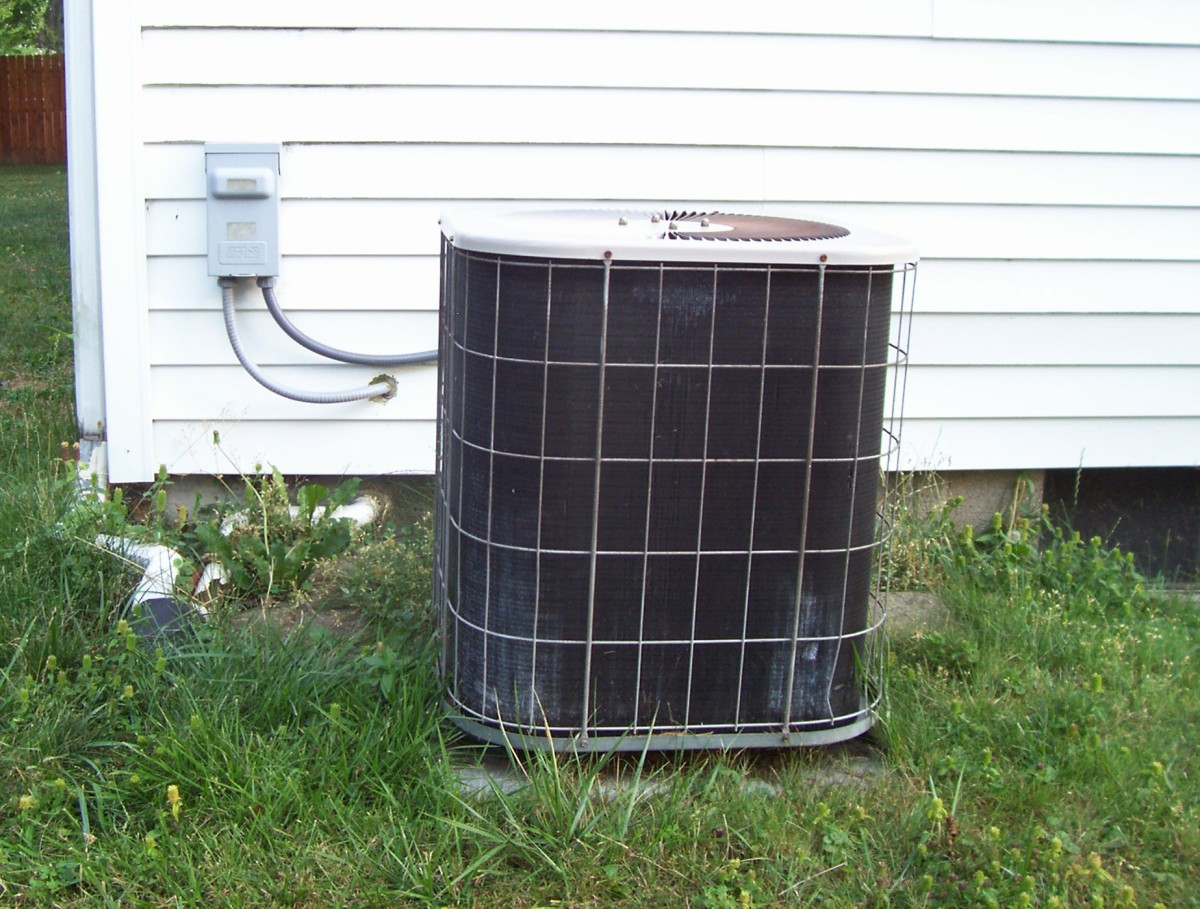Electric Shock Protection
Located on the home electric panel, ELCB is the most important component in a home electric shock protection. I have added into this hub some details on the dangers of electric shocks. You can read in detail how electric shock happens on my other hub (How You Get Electrical Shocks). You can also read on the type of injuries that may be suffered by the victims of an electric shock on another hub (Electric Shock Injuries).
xxxxxxxxxxxxxxxxxxxxxxxxxxxx
NOTE: See also the following related electrical hubs that I published many months ago: House Electric Panel Pictures; Electric Shock Injuries; ; How do you get electrical shocks?
xxxxxxxxxxxxxxxxxxxxxxxxxxxx
Home Electrical Panel
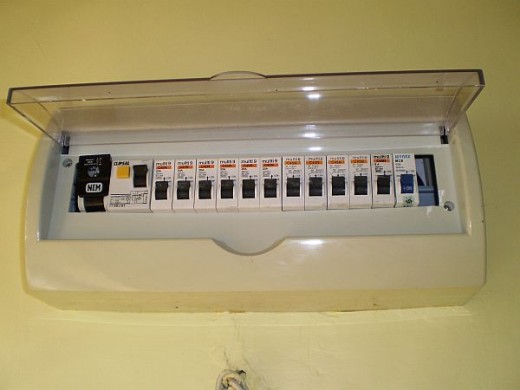
What is an ELCB
The earth leakage circuit breaker or commonly called the ELCB is located inside the home electrical panel or distribution board. This component of the home electrical installation is designed to detect any leakage of electrical current.
This so-called leakage current occurs when there are some defects in the performance of some part of the installation, which can be caused by faulty components or by injuries to the insulation of the wiring, cables, electrical appliances or other accessories such as the switches and socket outlets.
When the current leakage occurs, the ELCB then trips the electricity supply within a fraction of a second of the leakage being detected, before the magnitude of the current reaches a lethal level. Therefore any possibility of serious injuries due to electric shock to persons who are in contact with the electrical installation at that particular moment is avoided.
The use of ELCB in house wiring is required by law and omitting it is a serious offence.
Shown here is a picture of a typical home electrical panel. The ELCB is the second component from the left, with the letters CLIPSAL on it. The left-most component is the main switch (in black color), while all other components on the right of the ELCB are the outgoing circuit breakers.
Why do we need an ELCB?
Whenever you use electrical appliances and equipment whether at home or at work, there is always a risk of hazards, especially of getting electric shock. The refrigerator, the washing machines, the space heaters or even electric toys and entertainment equipment; they are all electrical hazards to users and household members at some point in appliances’ life cycles. Eventually these harmless machines and toys will become liabilities and accidents waiting to happen. You need to watch out for them.
Of course, workers face a much higher risk of electrical injuries and electrocution and this not only apply to workers who use electrical tools. Haphazard site work conditions usually have temporary electrical supply cables and electrical extension cords running all over the place on the work floors. All these situations present very high risks of electrical accidents to all workers regardless of their trades and disciplines.
Workers who work on live electrical equipment and electrical distribution and wiring may find the second part of this article too familiar and therefore an unnecessary reminder for them. However, accidents usually happen when we least expect it. Ever heard of a zoo tiger killing its own master?
So do not take shortcuts when safety procedures at work are concerned. All safety procedures are there for a reason even if sometimes we are all very reluctant to follow or even to accept some parts of them.
Lastly, let us not forget about the creative do-it-yourselfers. From statistics released by many organizations, many house electrical fires have been a result of imperfect electrical jobs carried out by the not-so-skilled DIY hobbyists. You can bet electrical shocks and electrocutions are part of the lists.
How does an ELCB operates
A (maybe) more technical name for the ELCB is Residual Current Device or RCD. This is because ELCB detects a current leaking to earth and uses this current to operate a tripping mechanism which then open the circuitbreaker, stopping the incoming power supply. The current leaking to earth is a residual current so that gives the device its name.
The Figure shown below illustrates a typical schematic construction of an ELCB. A close observation of the schematic will reveal the principles of it operation.
A typical ELCB circuit
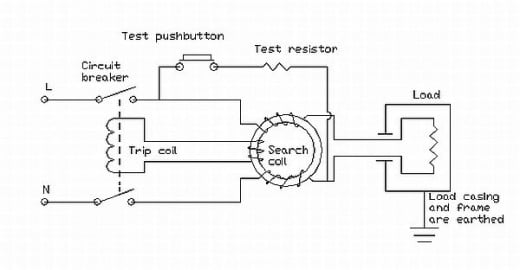
On a healthy circuit the same current passes through the phase coil, the load and then return back through the neutral coil.
Both the phase and neutral coils are wound on a common transformer core such that they will produce opposing magnetic flux. With the same current passing both coils, their magnetic effect will then cancel out under a healthy circuit condition.
In a faulty circuit, the line current will be higher than the neutral currents, so the the line coils produce a stronger flux than the neutral coils. So the magnetic flux does not cancel out and there is a resultant or residual magnetic flux in the common transformer core.
Since this magnetic field is alternating and it crosses with the turns of the search coil (in the middle), an electrical voltage develops in the search coil. This voltage then drives the current through the trip coil, which then trip the circuit breaker.
Observe that if a fault develop between the phase and neutral wires, the ELCB will not trip. This fault is seen by the devise just like a normal load with maybe a different wattage.
In order to safeguard the person touching an energized metal conductor (i.e. the load metal casing) during the leakage, the ELCB is designed to detect a leakage current as low as 5 to 30 mA, and trip the circuit breaker in less than 0.1 second from the starting time of the leakage (the point of time the person touches the energized metalwork). This will ensure that the shock current flow is removed or stopped before it reaches 50 mA, the lethal limit ( or so the experts say) for human.
A test switch is always provided on the ELCB so its operation can be regualrly tested easily. The test button works by bypasing the return coil. This simulates an out-of-balance condition so it trips the circuit breaker. A test resistor is provided to limit the magnitude of the bypass current, and that is also used to check the sensitivity of the ELCB.
However it should be remembered (as explained in details in the following section) that the test switch only confirm the health of the ELCB unit, it does not check or confirm the condition of the shock protection system.
What does an ELCB need in order to operate properly?
What does an ELCB need in order to work properly? I apologize for playing with words, but the question should be what does the shock protection need in order to work properly. The electricity users need to remember that electricity that comes into their houses carries with it dangers. So the electrical equipment that is installed is not just to provide them the electricity, but also to protect the users from the accompanying dangers. There is a HUGE difference there.
So when we think about the electrical equipment and other electrical things in our home, think not just the electric uses that the equipment is supposed to provide, but also the dangers that the equipment is designed to protect us from.
That way we can train ourselves to be more alert to the hazards from electricity supply.
This point is particularly important in the case of ELCBs. The ELCB may function properly and you can check this easily. While the electricity is on (i.e. not during the mains blackout) just open the electric panel cover, locate the ELCB unit and the TEST pushbutton on it. The test pushbutton will test whether the ELCB unit is working properly or not.
Now gently push the TEST pushbutton on it. If it trips (i.e. the ON/OFF switch will snap and drop to the lower position. You can see the OFF label or symbol), then the ELCB is working properly.
Since the ELCB is working properly, then you are safe, right?
WRONG. The test facility provided on the home ELCB will only confirm the health of the ELCB unit, but that test does not confirm that the ELCB will trip when an electric shock hazard occurs. This misunderstanding has left many homes totally unprotected from shock risks.
This brings us to the second requirement for the proper operation of our home electrical shock protection system, which is the electrical grounding.
A Functioning Electrical Grounding System
You can think of the ELCB as the brain for the shock protection, and the grounding as the backbone. Therefore, without a functional grounding there is totally no protection against electrical shocks in your house.
A brief on the grounding has been given at the earlier section of this article and I will not go into the technical details of the grounding today. That will be a title for another post in the near future, but a few major points must be stressed here to complete the lesson on shock protection.
(a) An improperly grounded home electrical system is a serious hazard. In fact it is a serious hazard in any electrical system. Unfortunately that is the most common violations of the electricity bylaws. That shows how prone people and companies are to overlook how important it is.
(b) All exposed metal parts and casing of the home wiring must be connected to the grounding system and it must be at 0 volt. Otherwise, they can be energized. How do we know that they are at zero volt? By testing, of course. This is also another reminder for the DIY hobbyists who like this stuff. After you extend wiring, install additional electrical equipment (maybe like a small compressor in the garage), or whatever, ALWAYS test the new installation PROPERLY.
I know instruments that can really test this is not very cheap (not like the multi-meters that you use to play with your electronic toys), but electricity is dangerous and the risks are loss of human lives, house and properties. So either you buy one, borrow one, or get a qualified electrician to do it for you.
c) Ensure that all appliances and equipment that are plugged in also have their ground wires properly plugged in. Plug into safety first before you plug them into the power sockets. The metal casing of these things may be energized at some point of time.
If not properly grounded, the leaked voltage cannot be channeled into the ground, and maybe trip the ELCB (if it is high enough). So anybody who happen to touch the casing will get the electric shock.
(d) The previous point brings us to the point of extension cords. They are one of the most highly abused electrical components in a home. They are very useful and very flexible.
However extension cords are meant to be a temporary measure.
Do not use them as a permanent wiring. Due to its fragility the ground wires of these cords shouldn’t be relied on for safety, especially one of human lives. So if you still insist on using the extension cords, regularly check them for damage and broken connections.
(e) In many areas the metal water pipes are used as the grounding conductor to the earth mass. If this is the system practiced in your place, make sure that all your pipe works are made of metals.
Pay a particular attention to renovation works that might have been done to house or the piping (maybe by the previous owner). If part of the piping have been upgraded or changed to non-metal piping then the grounding system now no longer works. Many house fires and electrocutions actually happened because of this type of errors.
If you are not sure about this at your house, and you are not good enough to check this yourself, then a qualified electrical contractor must be called in to check it. A new grounding conductor that run to the whole house may need to be done just to be sure you have a proper grounding system in place.
(f) The last point I wish to emphasize on the grounding issue is about abuse, theft and vandalism to the electrical grounding. The abuse and vandalism part have always been there, but they were never a big issue.
However the issue of theft to electrical grounding (which also cover the lightning grounding) has become important in many places.
Maybe part of the reason is the rising cost of copper materials in the last few years. Whatever the true causes are, the trend is clearly rising and this factor is very important to the integrity of the shock protection system (and the building's lightning protection system). This is due to the fact that the system operates in silence and it is generally maintenance-free. Any missing part along the main ground path may not be noticed until major damages have been done or serious injuries have occurred.
This brings us to the very reason why the electrical ground system must be regularly inspected. This is the only way to ensure it is working and that the electrical shock protection system is providing an optimum protection.
Othe variations of an ELCB
Other names are also used to call the ELCBs, the most common being Residual Current Circuit Breakers (RCBs), Residual Current Devices (RCDs) and Residual Current Circuit Breakers with Overcurrent (RCBOs).
The difference in names is meant to show some difference in the design used in their manufacture. The purpose and operation of the parts are all the same.
So do not be confused when they are the ones installed at your house electrical panel.
How to test an ELCB
As described above, the ELCBs can usually be simply tested by a Test Pushbutton on the unit itself. It is recommended that the ELCB be tested once a month and after every thunderstorm to make sure it is still working properly.
However the electrical grounding system must also be in good working order for the shock protection system to work. In addition to routine inspections that should be done by the quialified electrician, this grounding can be inspected regularly by the homeowner.
Just like other parts of the electrical installation, visual inspection your home electrical is quite simple and it does not require much electrical skills. If you feel you have found something that is not right with the electric shock protection, or the electrical installation in your home, then a qualified electrical contractor can be called in to do a more detailed inspection and carry out the repair works if necessary.
Copyright http://lee65.hubpages.com/ Electric Shock Protection

